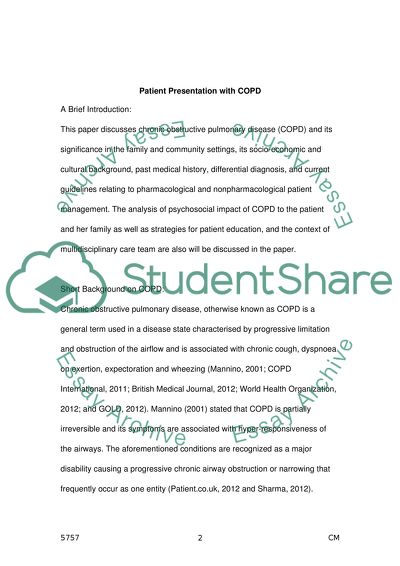Cite this document
(“Patient Presentation with COPD Essay Example | Topics and Well Written Essays - 3000 words”, n.d.)
Retrieved from https://studentshare.org/nursing/1395156-patient-presentation-with-copd
Retrieved from https://studentshare.org/nursing/1395156-patient-presentation-with-copd
(Patient Presentation With COPD Essay Example | Topics and Well Written Essays - 3000 Words)
https://studentshare.org/nursing/1395156-patient-presentation-with-copd.
https://studentshare.org/nursing/1395156-patient-presentation-with-copd.
“Patient Presentation With COPD Essay Example | Topics and Well Written Essays - 3000 Words”, n.d. https://studentshare.org/nursing/1395156-patient-presentation-with-copd.


